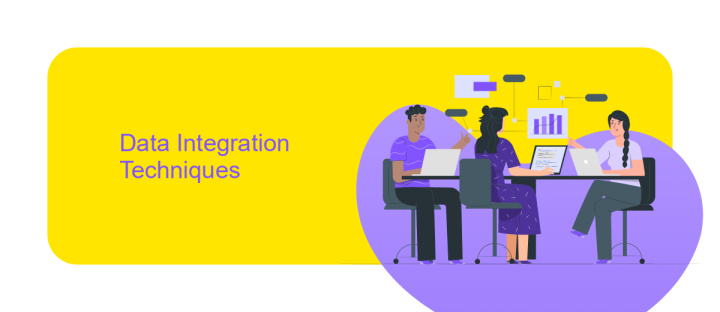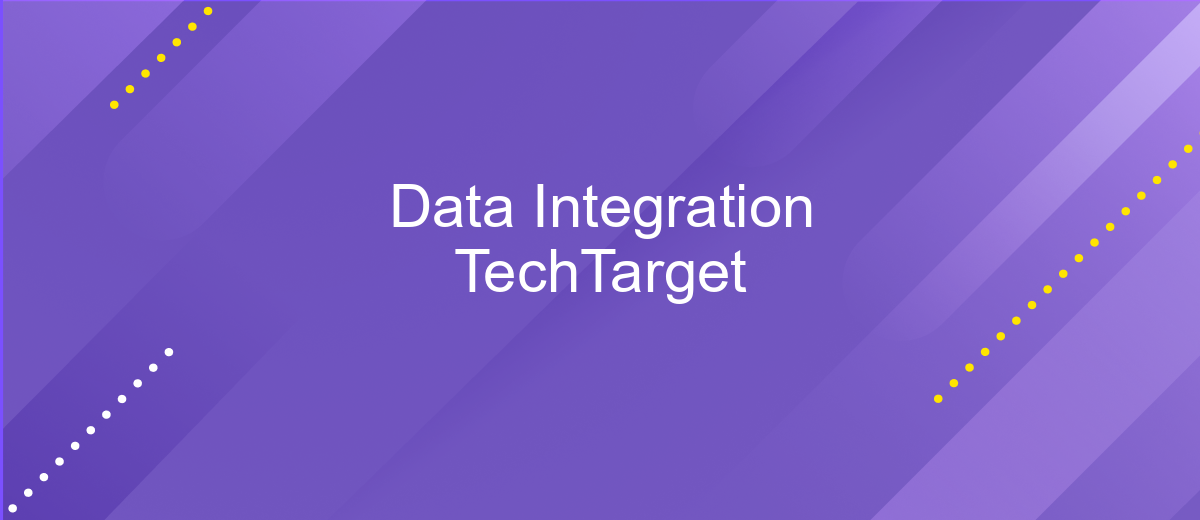Data Integration TechTarget
Data integration is a critical process for organizations aiming to consolidate information from various sources into a unified view. As businesses increasingly rely on diverse data streams, effective integration becomes essential for informed decision-making and operational efficiency. This article explores the latest trends, tools, and best practices in data integration, providing insights to help organizations harness the full potential of their data assets.
What is Data Integration?
Data integration is the process of combining data from different sources to provide a unified view. This process is essential for businesses to make informed decisions, as it ensures that all relevant data is accessible and usable. By integrating data, organizations can eliminate silos, enhance data quality, and gain comprehensive insights into their operations.
- Combining data from multiple sources
- Ensuring data consistency and quality
- Providing a unified view of information
- Enabling better decision-making
- Eliminating data silos
Effective data integration requires robust tools and strategies to handle the complexities of diverse data formats and sources. It involves techniques such as ETL (Extract, Transform, Load), data warehousing, and real-time integration to ensure that data is accurate, timely, and relevant. As organizations continue to generate vast amounts of data, the importance of efficient data integration cannot be overstated.
Data Integration Techniques

Data integration techniques encompass a variety of methods and tools designed to combine data from different sources into a unified view. One common approach is ETL (Extract, Transform, Load), where data is extracted from various sources, transformed into a suitable format, and loaded into a data warehouse or another system. Another method is ELT (Extract, Load, Transform), which differs by loading data into the target system first and then transforming it. Additionally, data virtualization allows for real-time data integration without the need to move data physically, providing a virtual data layer that can be queried as if it were a single source.
For seamless integration, services like ApiX-Drive offer automated solutions to connect disparate systems without extensive coding. ApiX-Drive supports a wide range of applications and platforms, enabling users to set up integrations through a user-friendly interface. This service automates data transfer and synchronization, ensuring that data is always up-to-date across all connected systems. By leveraging such tools, organizations can streamline their data workflows, reduce manual efforts, and enhance data accuracy and accessibility.
Benefits of Data Integration

Data integration is a critical process that brings together information from diverse sources into a unified view, enabling organizations to make more informed decisions. By consolidating data, companies can improve their operational efficiency, enhance customer experiences, and gain a competitive edge in the market.
- Improved Decision-Making: With integrated data, businesses can access comprehensive insights, leading to more accurate and timely decisions.
- Operational Efficiency: Streamlining data from various sources reduces redundancy and minimizes errors, optimizing business processes.
- Enhanced Customer Experience: A unified view of customer data allows for personalized interactions and better service delivery.
- Cost Savings: Reducing the need for multiple data storage systems and manual data handling can significantly cut costs.
- Regulatory Compliance: Integrated data systems help ensure that all data is consistent and compliant with industry regulations.
In conclusion, data integration is essential for modern businesses aiming to leverage their data assets effectively. By integrating data, companies not only streamline their operations but also unlock new opportunities for innovation and growth.
Challenges of Data Integration

Data integration presents numerous challenges that organizations must address to ensure seamless and efficient data management. One primary issue is the diversity of data sources, which often come in various formats and structures. This heterogeneity can complicate the process of combining data into a unified view.
Another significant challenge is data quality. Inconsistent or inaccurate data can lead to erroneous insights and poor decision-making. Ensuring data accuracy, completeness, and consistency is crucial but can be labor-intensive and time-consuming.
- Data security and privacy concerns
- Scalability issues with increasing data volumes
- Integration of real-time data streams
- Compatibility with legacy systems
- High costs of integration tools and technologies
Addressing these challenges requires a strategic approach that includes selecting the right tools, implementing robust data governance practices, and continuously monitoring data integration processes. By doing so, organizations can unlock the full potential of their data assets and drive more informed business decisions.
Data Integration Best Practices
Effective data integration requires a well-defined strategy and adherence to best practices. Begin by clearly identifying your data sources and understanding the data flow within your organization. This ensures that the data you integrate is relevant and accurate. Utilize standardized data formats and protocols to facilitate smooth data exchange between systems. Regularly monitor and audit your data integration processes to identify and rectify any discrepancies promptly.
Leveraging automated tools like ApiX-Drive can significantly streamline your data integration efforts. ApiX-Drive offers a user-friendly platform that simplifies the setup of integrations between various applications and services. Its intuitive interface allows for quick configuration, reducing the need for extensive technical knowledge. Additionally, ApiX-Drive supports a wide array of connectors, enabling seamless data transfer across different platforms. By incorporating such tools into your data integration strategy, you can enhance efficiency and maintain data integrity.
FAQ
What is data integration?
Why is data integration important for businesses?
What are the common challenges in data integration?
How can automation help in data integration?
What should be considered when choosing a data integration tool?
Apix-Drive will help optimize business processes, save you from a lot of routine tasks and unnecessary costs for automation, attracting additional specialists. Try setting up a free test connection with ApiX-Drive and see for yourself. Now you have to think about where to invest the freed time and money!

